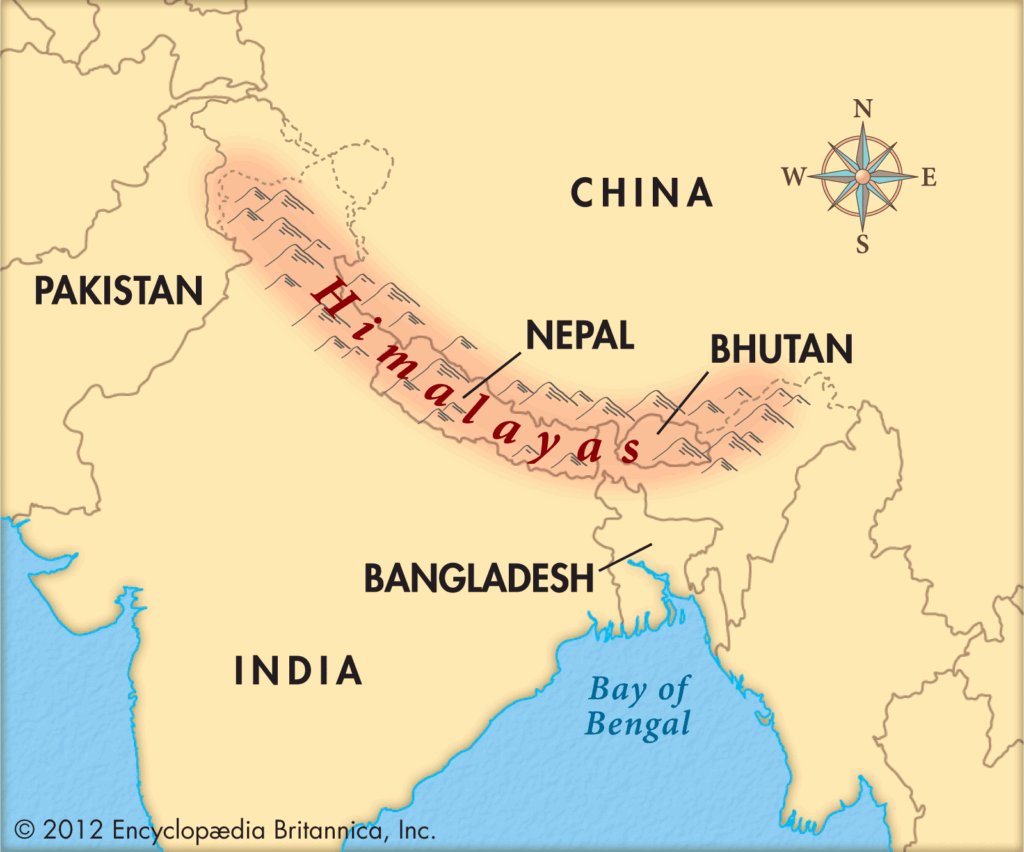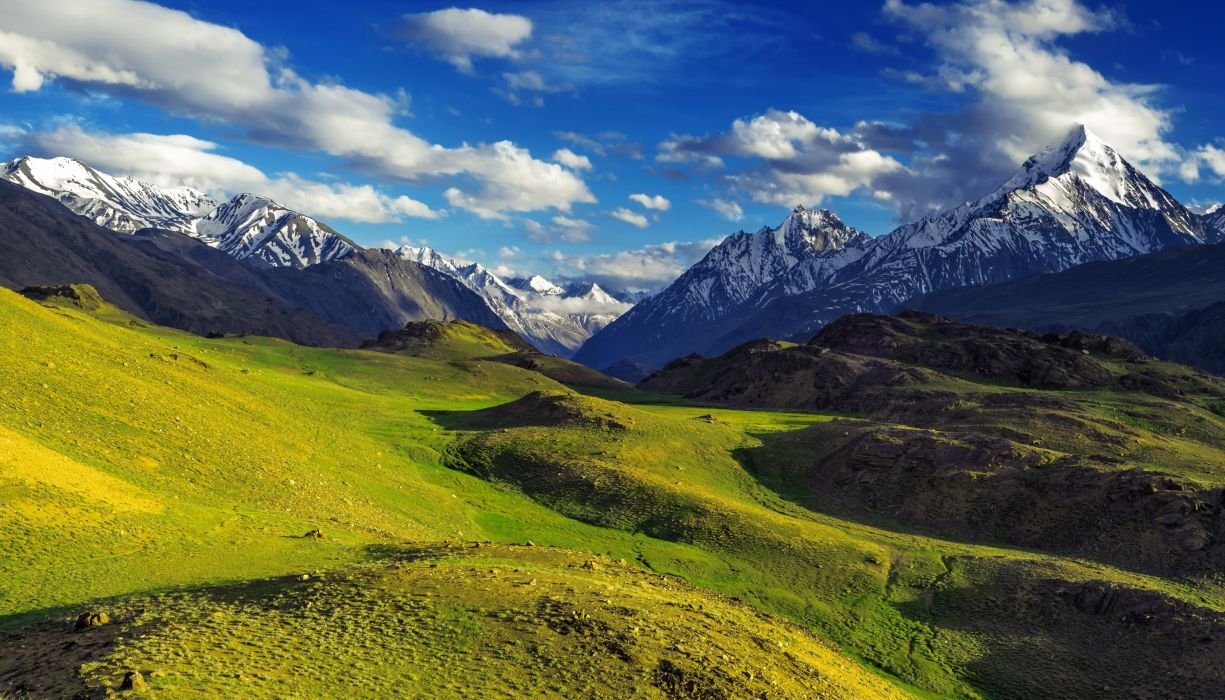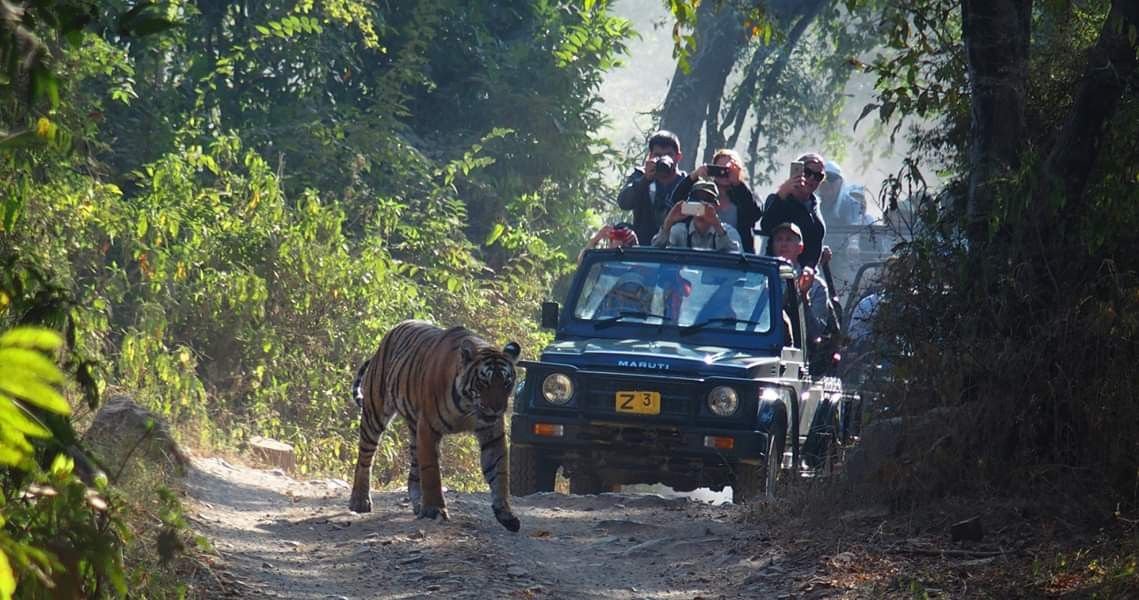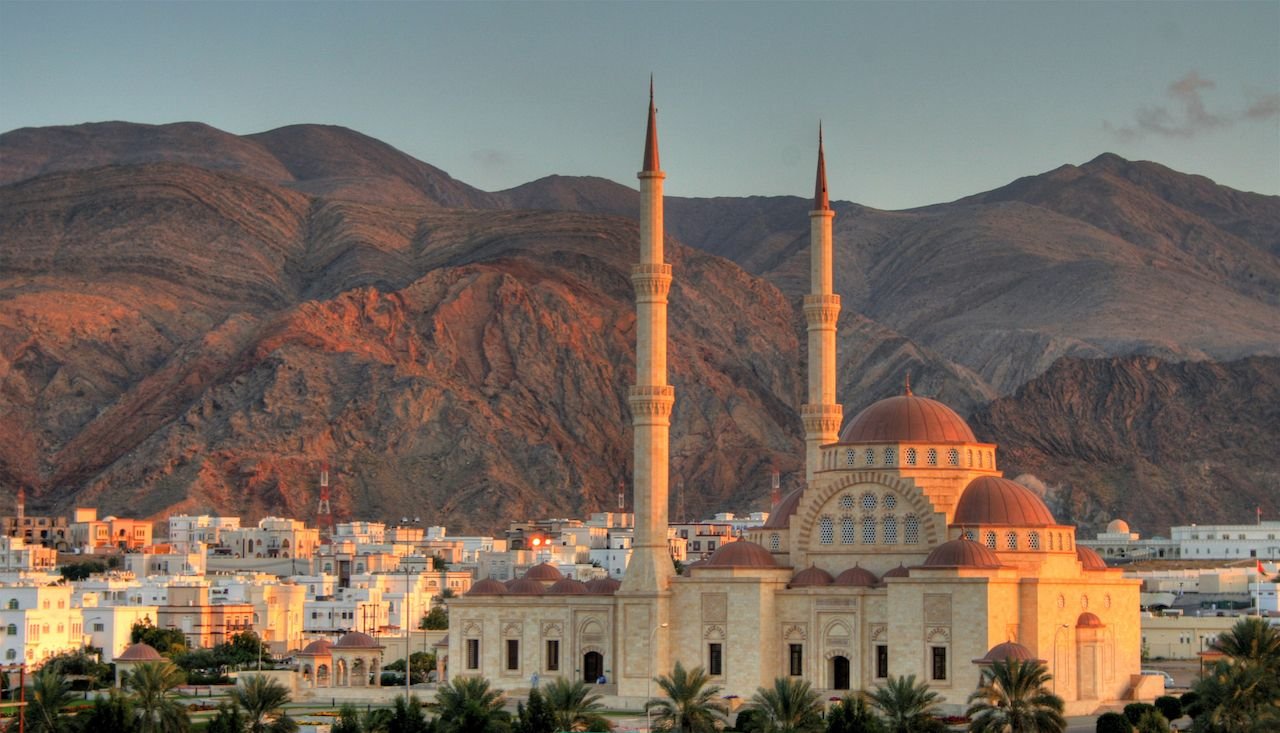Introduction: Understanding the Issues Facing India’s Himalayan Capitals
The Himalayan region of India is a place of great natural beauty, cultural diversity, and historical importance. However, major cities and capitals of the region, such as Dehradun, Shimla, Srinagar, and Gangtok, have faced many challenges related to urbanization, pollution, and climate change in recent years.
The term “saturated and scorched” refers to the problems of overcrowding, environmental degradation, and lack of infrastructure that plague the capital cities of the Himalayas. Factors contributing to these problems include rapid urbanization, poor planning, a lack of civic services, deforestation, and climate change. The consequences of these problems are manifold, ranging from traffic congestion and air and water pollution to the loss of biodiversity and the decline in the quality of life of the inhabitants of these cities.
Finding a solution to these problems is important, as the Himalayan region is an important ecological point and has a cultural heritage that needs to be preserved for future generations. In this article, we will examine the causes and consequences of these problems and analyze the initiatives taken by the government and others to improve the situation in the future.

The Toll of Urbanization on Dehradun
The capital of Uttarakhand, is one of the most rapidly growing cities in India. The main causes of saturation and burning in Dehradun are the lack of infrastructure, unregulated construction, and the conversion of agricultural land into urban settlements. These factors have led to traffic congestion, air and noise pollution, and water scarcity in the city.
However, the government and other stakeholders have taken several initiatives to address these issues, including the construction of new roads and bridges, the development of green spaces and parks, and the promotion of eco-tourism. These initiatives have had a positive impact on the city, but more needs to be done to ensure sustainable development.

Shimla: A City Facing Water Crisis
Shimla, the capital city of Himachal Pradesh, is another victim of urbanization and rapid development. It is a popular tourist destination, but the city has been facing severe water scarcity issues in recent years. The city’s water sources, such as the Satluj River and natural springs, have been under immense pressure due to the increasing population and the rise in the number of hotels and commercial establishments.
To address the water crisis, the state government has taken several steps such as rainwater harvesting, the construction of water storage tanks, and the installation of water treatment plants. However, these measures alone may not be sufficient to tackle the issue in the long run. The city needs a sustainable solution that balances the needs of the local population, tourism industry, and the environment.

Srinagar: Dealing with Pollution
Srinagar, the summer capital of Jammu and Kashmir, is known for its scenic beauty and picturesque Dal Lake. However, like many other urban areas, Srinagar is also grappling with the issue of pollution. The city’s population growth, unregulated construction, and traffic congestion have led to an increase in air and noise pollution levels. The Dal Lake, a major tourist attraction, is also under threat due to the dumping of waste and sewage into its waters.
To address the issue of pollution, the state government has taken several measures such as the ban on the use of polythene bags, the installation of air quality monitoring stations, and the promotion of eco-friendly tourism. However, there is a need for more stringent regulations to control the construction of new buildings and the dumping of waste into the lake.

Gangtok: A Model for Sustainable Development
Gangtok, the capital city of Sikkim, is a rare example of sustainable development in India’s Himalayan region. The city’s growth has been planned and regulated to preserve its natural beauty and ecosystem. The city has also been declared India’s first fully organic state, with all agriculture and horticulture practices being organic.
The city has implemented several measures such as rainwater harvesting, waste segregation, and the promotion of eco-friendly tourism. The government has also banned the use of plastic bags and bottles, which has helped in reducing waste and pollution levels. Gangtok has become a model for other cities to follow in terms of sustainable development.

Ways to Improve the Situation
India’s Himalayan capitals face many challenges that require a multi-pronged approach. One of the key aspects of this approach is the promotion of sustainable tourism and ecotourism practices to preserve the natural beauty of the region while generating income for the local economy. This can include measures such as limiting tourist numbers to certain areas, promoting responsible tourism practices, and supporting local tourism businesses.
Given the region’s vulnerability to natural disasters such as landslides, flash floods, and earthquakes, it is also important to invest in disaster preparedness measures such as early warning systems, evacuation plans, and emergency response teams. This will ensure that the Himalayan capitals can effectively respond to natural disasters and minimize the risk to human life.
The development of real estate infrastructure is also important to improve connectivity within and between the Himalayan capitals. This can include developing the necessary infrastructure, such as roads, bridges, and public transport, as well as modernizing existing infrastructure to make it more resilient and sustainable. The protection of natural resources such as water, forests, and wildlife is also essential. Promoting the sustainable use and conservation of these resources can include measures such as promoting rainwater harvesting, reforestation, and the protection of endangered species.
Finally, involving local communities in the decision-making process is essential to ensure their voice and points of view are taken into account. Creating community initiatives and involving local communities in the planning and implementation processes will help ensure that responses to the challenges facing Himalayan capitals are sustainable and effective over the long term.

Conclusion
In conclusion, the Himalayan capitals of India, including Dehradun, Shimla, Srinagar, and Gangtok, have been facing numerous environmental and infrastructural challenges, leading to saturation and burning of their resources. The tourism industry, along with population growth and urbanization, has put immense pressure on these fragile regions, resulting in an alarming increase in pollution, deforestation, and soil erosion.
Moreover, it is crucial to create awareness among the people about the importance of preserving the natural resources and maintaining a balance between development and conservation. The local communities, along with the government and private stakeholders, must work together to implement effective policies and initiatives that can promote sustainable development and preserve the Himalayan ecology.
In essence, the Himalayan capitals of India are at a critical juncture where the path they take will determine their future. It is time to acknowledge the seriousness of the situation and take immediate action to mitigate the negative impacts of development on these fragile regions. If we do not act now, we risk losing the very essence of what makes these cities so special and unique, and ultimately putting the future generations at risk.
Himalayan Dams: The Unseen Risks and Consequences Trybe News




